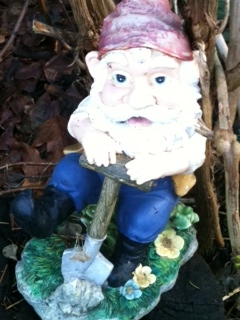Suzie Q smiles when she sees Miss Froggy come into the circle. She has been in music class over the last year. She knows what will happen next and shyly she looks at the other children and then for the first time she bends down to touch the floor with her head. "Up, up, up, up, up."she listens to the five note major scale. "Down, down, down ,down, down." With a joyous release her upper body lowers back to the floor. Already at this young age a pathway in her brain has been made which intuitively recognizes the sounds of a major scale and she has connected her body to that sound. Movement is so married to music.
Suzie waits for the verbal que to touch her toe. There is a flea on it, you know, and it is climbing up to her hair. The music to this little rhyme is a major octave scale. She may not be singing in class yet, but in her mind she knows what comes next, both words and melody.
A three year old begins to show imagination and inventiveness. I love to expose younger children to imagining because they puzzle about it at first, but they do imitate so well. Imitating an older child in an imaginative narrative opens up the window to the playroom of their mind. Here is Kim, walking through green grass, and finding amazing imaginary things.
As Meliissa R. Johnson Ph.D says, "Toddlerhood is a time that challenges both developmental psychologists and parents with it's fascinating mixture of change, growth, joy, and frustration. The child leaves babyhood behind and emerges as a verbal and relatively competent pre-schooler. During this transition process, the changes that occur physically, cognitively, and in communication skills are amazing and, at times overwhelming."
Thank-you for sharing this time with us.





















































